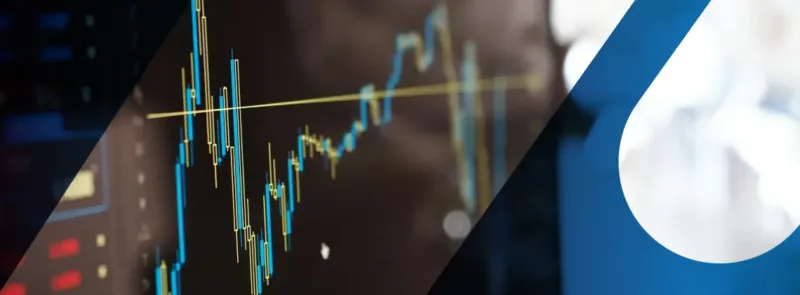Lexicon
What happens during due diligence?

If your organisation is looking for commercial finance you will have to submit to a series of due diligence checks to support your loan application. Here we discuss what due diligence means and what organisations go through when it comes to financial due diligence.
Defining due diligence
In a lending context, due diligence consists of an investigation carried out by the lender on the borrower to verify the information submitted in a loan application and detect any red flags that may hinder the application.
Due diligence supports responsible lending practices and is crucial to loan applications as it helps build lender confidence by painting an image of your client’s complete financial background, their attitude to lending and overall relationship with money.
The depth of due diligence checks executed will vary based on the type of transaction, the value of the transaction and risk level. The type of due diligence specific for such transactions is financial due diligence for which the ICAEW provide a concise definition.
Financial due diligence focuses on verifying the financial information provided and assessing the underlying performance of the business. Earnings, assets, liabilities, cashflow, debt and management are usually considered.
A due diligence checklist
What happens during due diligence? Due diligence checks when applying for finance consists of risk screening clients, verifying their identity, and investigating their financial background. The higher the risk, the more enhanced the due diligence checks will likely be. Due diligence when applying for finance will often follow these steps.
- Anti-money laundering (AML) checks – AML checks are performed as standard to comply with anti-money laundering regulations for regulated firms to help identify the risk of fraud. The regulations also set out the circumstances under which enhanced money laundering checks must be carried out, such as when borrowers work in a sector or country where the money laundering risk is high.
- Business performance – Analysing key accounting records, such as company accounts, such as cash flow and debt to asset ratio to gain insights into the historic, current, and future financial position of the business.
- High risk individuals– Are they on any watchlists which identify them as terrorists, money launderers, fraudsters, and politically exposed persons?
- Company structure – Firms need to understand the ownership and control structure of their corporate customers, and record any difficulties encountered in identifying beneficial ownership, as instructed by the FCA.
Providing an insight into the due diligence process to commercial finance clients can prompt them to get their affairs into order with a view to maximise the chances of a successful finance application.
The author, Jon Munnery is a company liquidation and restructuring expert at UK Liquidators.





